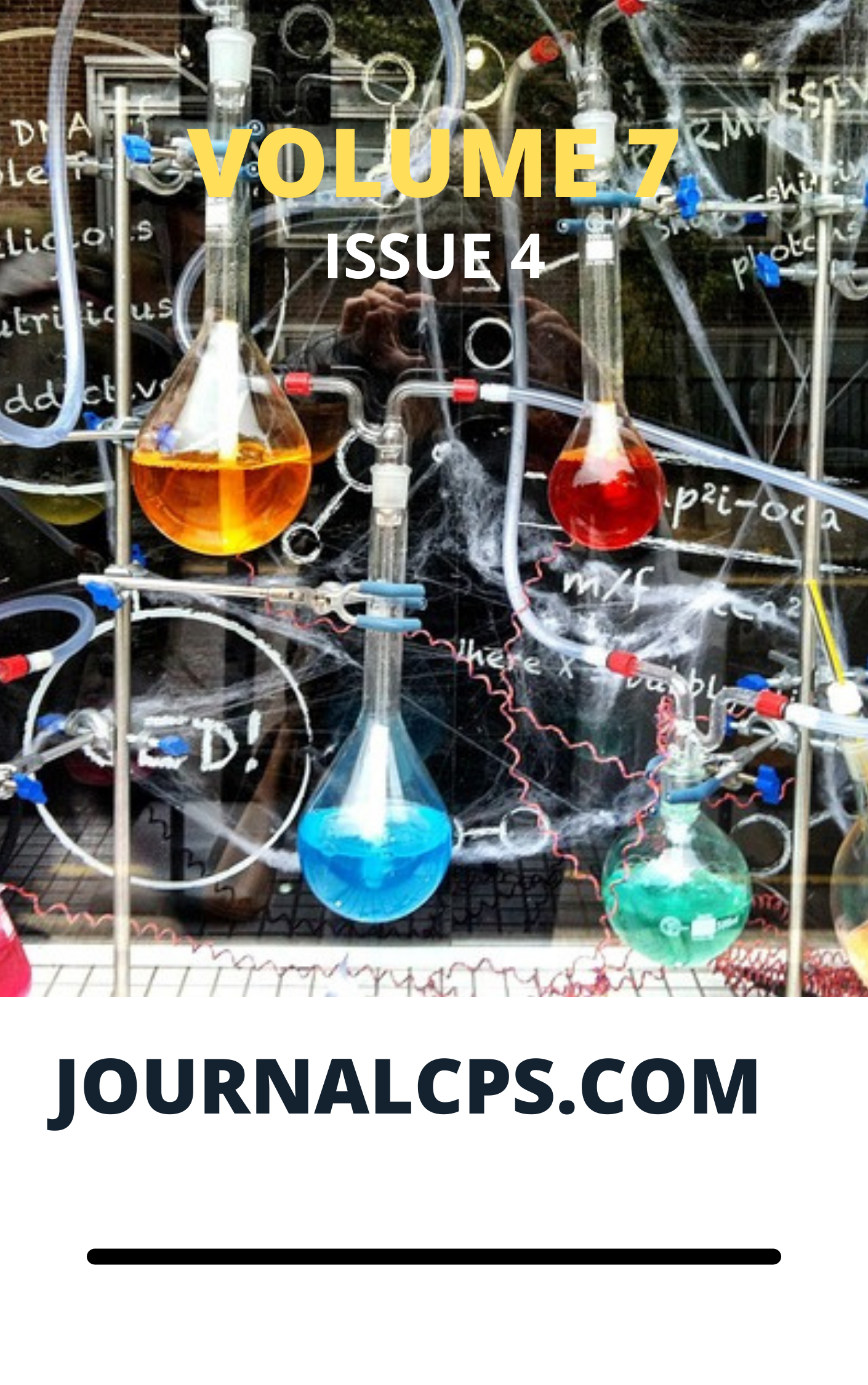On the Response of the Mid-latitude Ionosphere to the Severe Geomagnetic Storm of March 17-18, 2015
Keywords:
geomagnetic storm, positive storm, negative phase, pre-storm enhancement, ionospheric storm, drift of ionospheric plasma, Uplift of F2-region virtual heightAbstract
Efiong A. Ibanga* and Godwin A. Agbo
The response of the ionosphere to heliophysical, interplanetary and geophysical structures during the severe geomagnetic storm (Dst=-223 nT) of March 17-18, 2015 has been investigated. Deviations of ordinary wave critical frequencies from the reference values based on four international geomagnetically quiet days preceding the storm (δfoF2) and F2 layer maximum electron density (NmF2) were calculated using manually scaled foF2 records from a chain of stations in Japan of the mid-latitude Asian sector. Results show that the pre-storm and main phases of the geomagnetic storm were accompanied by a positive ionospheric storm typified by enhancement while the recovery phase was accompanied by a negative storm marked by the depletion of NmF2. Also, foF2 values showed, on average, greater than 20% positive deviation from foF2 during the pre-storm and main phase, and also negative deviations in the recovery phase. Significant enhancement of NmF2 which occurred at least twenty-four hours ahead of the storm onset was observed in all the stations and tends to lend credence to the veracity of the contentious pre-storm NmF2 enhancement phenomenon. The study also shows that the F-region virtual height was significantly raised during the main phase of the geomagnetic storm.
Most read articles by the same author(s)
- Etido P. Inyang, Joseph E. Ntibi, Efiong A. Ibanga, Funmilayo Ayedun, Ephraim P. Inyang, Etebong E. Ibekwe, Eddy S. William, Ita O. Akpan, Thermodynamic properties and mass spectra of a quarkonium system with Ultra Generalized Exponential–Hyperbolic Potential , Communication In Physical Sciences: Vol. 7 No. 2 (2021): VOLUME 7 ISSUE 2
- Etido P. Inyang, Joesph E. Ntibi, Olumuyiwa O. Akintola, Efiong A. Ibanga, Funmilayo Ayedun, Eddy S. William, Analytical solutions to the Schrödinger Equation with a Combined Potential using the Series Expansion Method to Study Selected Diatomic Molecules , Communication In Physical Sciences: Vol. 8 No. 2 (2022): VOLUME 8 ISSUE 2
Similar Articles
- Dominic Chukwuebuka Obiegbuna, Francisca Nneka Okeke, Kingsley Chukwudi Okpala, Sivla William Tafon, Orji Prince Orji, Latitudinal ionospheric Responses to Full Halo CMEs Induced Geomagnetic Storm , Communication In Physical Sciences: Vol. 7 No. 4 (2021): VOLUME 7 ISSUE 4
- Solar Activity and Dynamics of Particles in the Ionosphere , Communication In Physical Sciences: Vol. 1 No. 1 (2010): VOLUME 1 ISSUE 1
- Electrical Conductivity Profile of upper mantle in the West African Sub region , Communication In Physical Sciences: Vol. 1 No. 1 (2010): VOLUME 1 ISSUE 1
- Sunday Emmanson Udoh, Analysis of The Impact of Climate Change on Meteorological Time-Series Data in Uyo , Communication In Physical Sciences: Vol. 12 No. 2 (2025): VOLUME 12 ISSUE 2
- Aniekan Udongwo, Oluwafisayomi Folorunso, Resource Recovery from Maize Biomass for the Synthesis of SiO2 Nanoparticles and Crystallographic Analysis for Possible Applications , Communication In Physical Sciences: Vol. 12 No. 2 (2025): VOLUME 12 ISSUE 2
- Hassan Abdulsalam, Dr Fatima Musa Lariski, Effect of Cerium on the Dielectric and structural Properties of Barium Titanate-based ceramics for multilayer ceramic capacitors , Communication In Physical Sciences: Vol. 12 No. 5 (2025): Vol 12 ISSUE 5
- Umar Ahmad Isyaku, Nura Mohammed, Aminu Sabo Muhammad, Abdulrasheed Luqman, Body Mass Index and its Influence on HIV Positive Patients: A Case Study of Aminu Kano Teaching Hospital , Communication In Physical Sciences: Vol. 9 No. 4 (2023): VOLUME 9 ISSUE 4
- Dorathy Edet Etim, Effect of Ethanolic Extract of Bryophyllum pinnatum Leaves On Haematological Parameters of Albino Wistar Rats Exposed to Cadmium Chloride , Communication In Physical Sciences: Vol. 8 No. 4 (2022): VOLUME 8 ISSUE 4
- Olumide Oni, Kenechukwu Francis Iloeje, Optimized Fast R-CNN for Automated Parking Space Detection: Evaluating Efficiency with MiniFasterRCNN , Communication In Physical Sciences: Vol. 12 No. 2 (2025): VOLUME 12 ISSUE 2
- Esharive Ogaga, Onimisi Martins, Abdulateef Onimisi Jimoh, Akudo Ernest orji, Aigbadon Godwin Okumagbe, Achegbulu Ojonimi Emmanuel, Assessment of Geotechnical Attributes of Laterites as Sub-base and Sub-Grade Materials in Parts of Northern Anambra Basin Nigeria: Implications for Road Pavement Construction , Communication In Physical Sciences: Vol. 11 No. 3 (2024): VOLUME 11 ISSUE 3
You may also start an advanced similarity search for this article.




